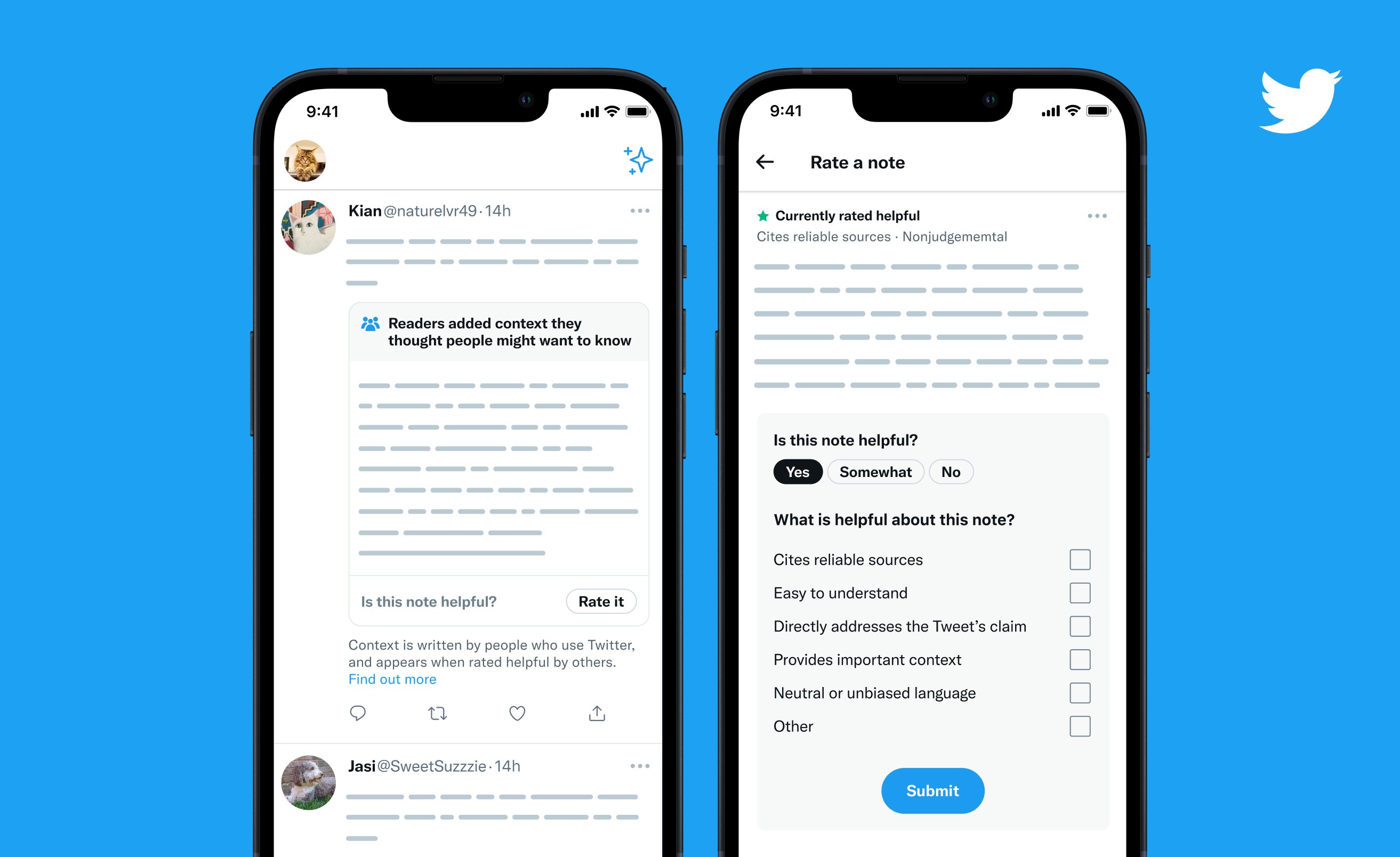Tracking Twitter Platform Updates


Dylan Hackley
Dylan Hackley was Director of Marketing Communications at Gupta Media.
January 26, 2023
Twitter API Updates - February 1, 2023
Starting on February 9th, Twitter will curtail free access to its API that previously allowed third party apps to mimic the platform's functionality. Twitter will be rolling out paid tiers that enable this access along with a new set of rules and regulations governing the API's usage. These changes do not impact the Twitter Advertising API.
These moves come as Twitter continues to improve on its brand safety and measurement tools. Improvement of the API likely will mean more accurate measurement and more universal functionality of Adjacency Targeting Controls.
Search Keyword Ads - January 25, 2023
Twitter is rolling out Search Keyword Ads to all advertisers as a beta product. As the nature of search continues to diversify, platforms are capitalizing on consumers' evolving preferences in respect to finding information. Twitter has long been relied upon for updates on events evolving in real-time, ranging from the World Cup to breaking news.
Search Keyword Ads enable advertisers to bid to insert promoted tweets amongst specific search results, reaching key audiences at moments relevant to them. This has the potential to improve the relevancy of ads that audiences see. Keyword Search Ads must be optimized for conversions on the advertiser's website and be integrated with the Twitter Pixel or Conversion API.
Third Party Brand Safety Measurement - January 25, 2023
Twitter has introduced on-platform brand safety tools for advertisers powered by it's partners at DoubleVerify and Integral Ad Science. Coupled with Twitter's Ad Adjacency Controls, these services monitory and quantify the prevalence of ad placements that land within proximity of content deemed to be unsuitable as defined by the Global Alliance for Responsible Media (GRAM). During the beta tests utilizing this new system, Twitter reports that 99% of ad placements appeared within proximity of content deemed suitable by GRAM standards.
Through the agency's relationship with Twitter, Gupta Media has access to these programs and can obtain measurement data for qualifying campaigns.
Blue Verified - December 12, 2022
December 12th marked the second rollout of Twitter’s new Blue Verified product nearly a month after a wave of damaging impersonations halted it’s initial launch. The overall purpose of Blue Verified is to use a series of controls such as credit card and unique device verification to ensure that people and organizations are who they say they are on the platform.
Blue Verified, which will range from $7 - $11 per month, will show up in three different ways:
- Blue Checks - These are for individuals who have signed up for the service and have cleared the verification process.
- Gold Checks - These are for verified businesses that have cleared the verification process. Additional procedures may be required for businesses to become verified.
- Grey Checks - These are for government entities that have cleared the verification process. Additional procedures may be required for these organizations to become verified.
Brand Safety Tool Expansion - December 12, 2022
Twitter has been actively addressing a number of brand safety issues with the expansion of existing tools.
- Hate Speech - Twitter continues to reduce the number of impressions that any hate speech receives, will not run ads adjacent to tweets that contain or suggest slurs and removes content that violates the platform’s terms of service. More on their recent efforts can be found here.
- CSE - Twitter actively removes those who create, distribute or engage with child sexual exploitation (CSE) material. This thread details recent actions taken to remove this content more efficiently.
- Community Notes - Twitter introduced Community Notes in the U.S. as a way to combat mis- and disinformation. This Wikipedia-style fact check has now rolled out globally. More on this product can be found here.
Adjacency Targeting Controls - December 12th, 2023
On December 15th, Twitter will be rolling out Adjacency Targeting Controls globally, enabling advertisers to deploy a negative keyword list that will stop an ad from running if the tweet above or below the placement has any text matching words on their list. This is layered on top of words already on Twitter’s sensitive content list.
Twitter continues to be extremely communicative in its efforts to address issues that have been reported over recent weeks.